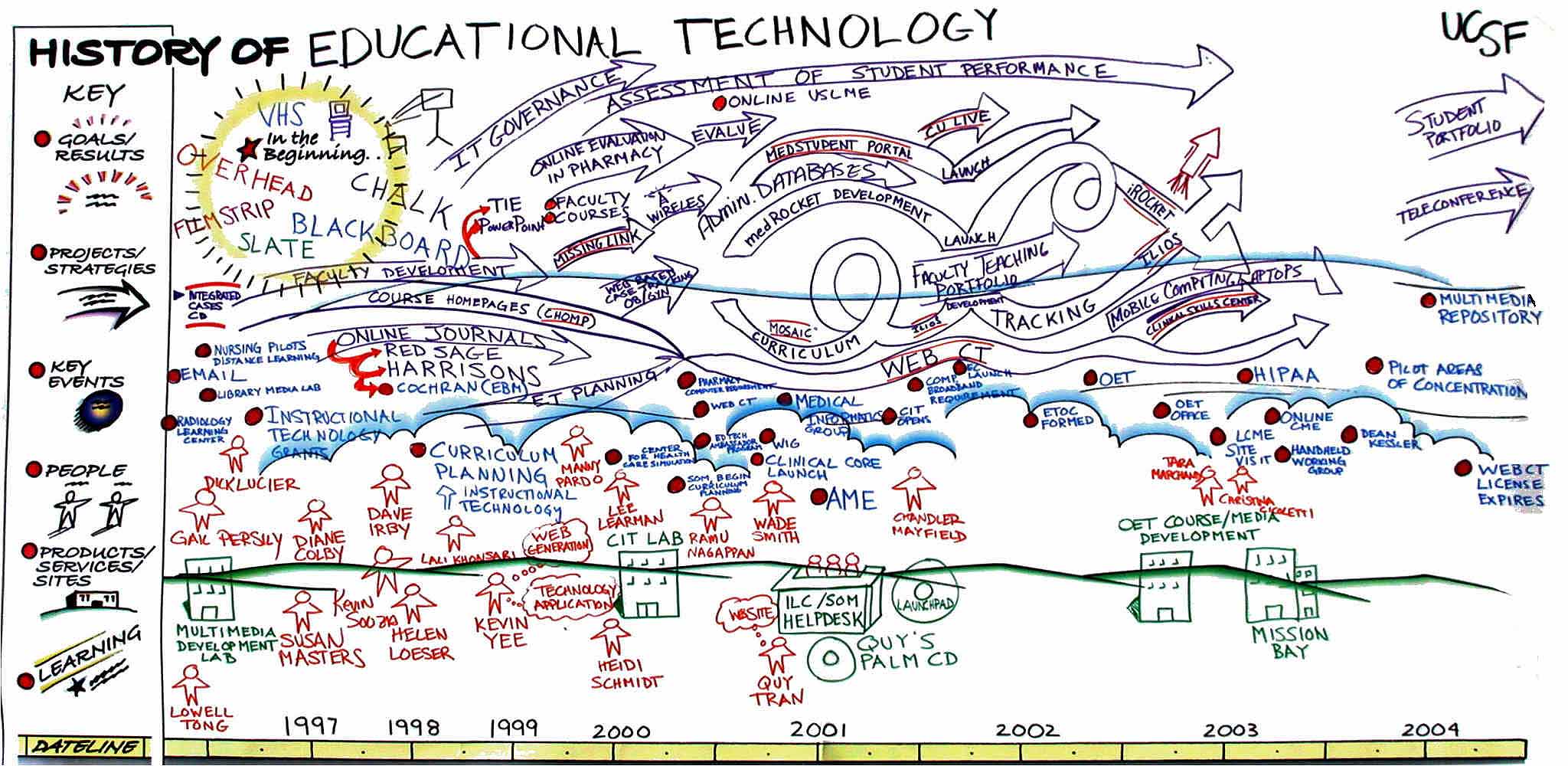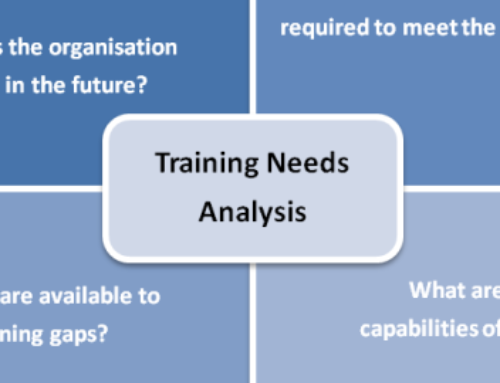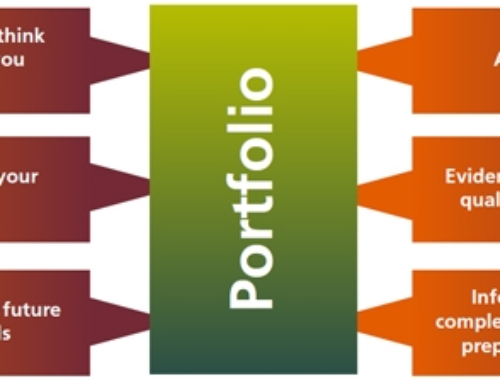
Written by Jennifer Carey on Mar 27, 2013 in Making The Shift Click on the image to read the full article.
In my consulting as well as administrative technology work, I am often asked the same questions by different schools and officials. One of the most common is: “How do you get teachers who are hesitant or resistant to use technology?”
I am keenly aware that many of my colleagues are not, for various reasons, gung ho about educational technology. And it’s interesting. Quite often, the teachers who are hesitant to adopt new technology are great — in fact, amazing — educators. They are frequently veterans and usually leaders in their academic field and within their institutions.
In my role as tech advocate, I habitually find myself trying to coax these established educators to use new tools and incorporate new methodologies. Here are some ways I have found to be successful in this endeavor.
How to Get Teachers to Use Technology – follow the steps below:
1. Do not set out to “fix” anyone’s teaching
If you’re working with veteran educators, this is especially important. They have been successful in their field for many years, often decades. Regardless of their specialty, approaching a hesitant teacher with an eye to radically change their curriculum and pedagogy can feel threatening and critical. Instead, try this: observe what they do in the classroom that’s made them successful and build out from there.
2. Be open and alert to each teacher’s technology wants and needs
If teachers express a want or need for technology in the classroom (a particular browser, program, hardware, etc.) accommodate them! If teachers feel you are there to help them, they are more likely to reach out.
3. Use peers to model and train
Teachers respond better to other teachers who share their situation. They trust them. The absolute best way to get educators to feel comfortable seeking help with technology is to make the point person someone who does not assess their teaching. Make sure that the technology point person is someone that their peers trust and admire.
4. Give them time to “play”
Teachers are not done at three o’clock. Many work 10-12 hours a day during the school year and on weekends too. Remember we’re working to lure hesitant teachers into the technology fold. Do not hold training days in the middle of the year or distribute new hardware or software in August. May and June are the best months to introduce new concepts.
5. Make professional development “real” and pertinent
Don’t be afraid to differentiate your approach to professional development. Most faculty are realistic about their abilities when it comes to technology. Your faculty members are sophisticated professionals. Treat them as such. Focus on their pedagogical needs when you present tools. Don’t geek out.
6. Pick hardware and software that’s easy to use
Teachers know that their students get frustrated and restless if they cannot move quickly through the learning process. Technology that does not work transparently will be readily discarded.
7. Don’t sit in judgment!
Experimenting with new tools and pedagogy requires not only a learning curve but some risk-taking. The idea of “starting over” in your methods of teaching while being hyper-aware of the severe consequences for failure is daunting to all of us. Recognize this as you approach your faculty.
I teach at Trinity Valley School in Ft. Worth, Texas. I’m a student of the human condition: history, philosophy, art, and culture. I am a passionate educator. I am a lover of new technologies and their ability to share knowledge. I blog at Indiana Jen and you can find me on Twitter @teacherjencarey





